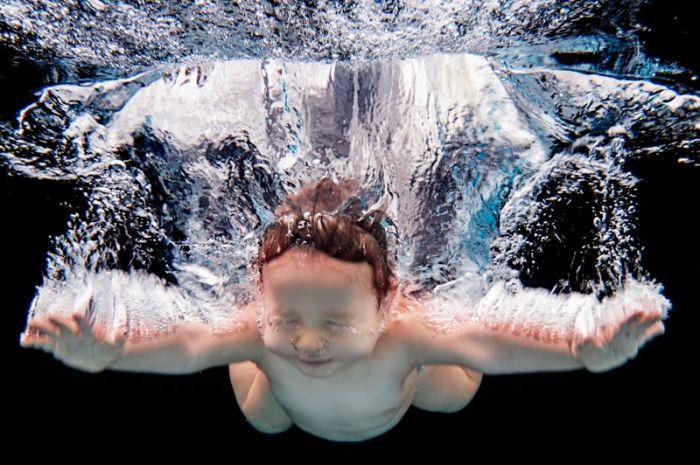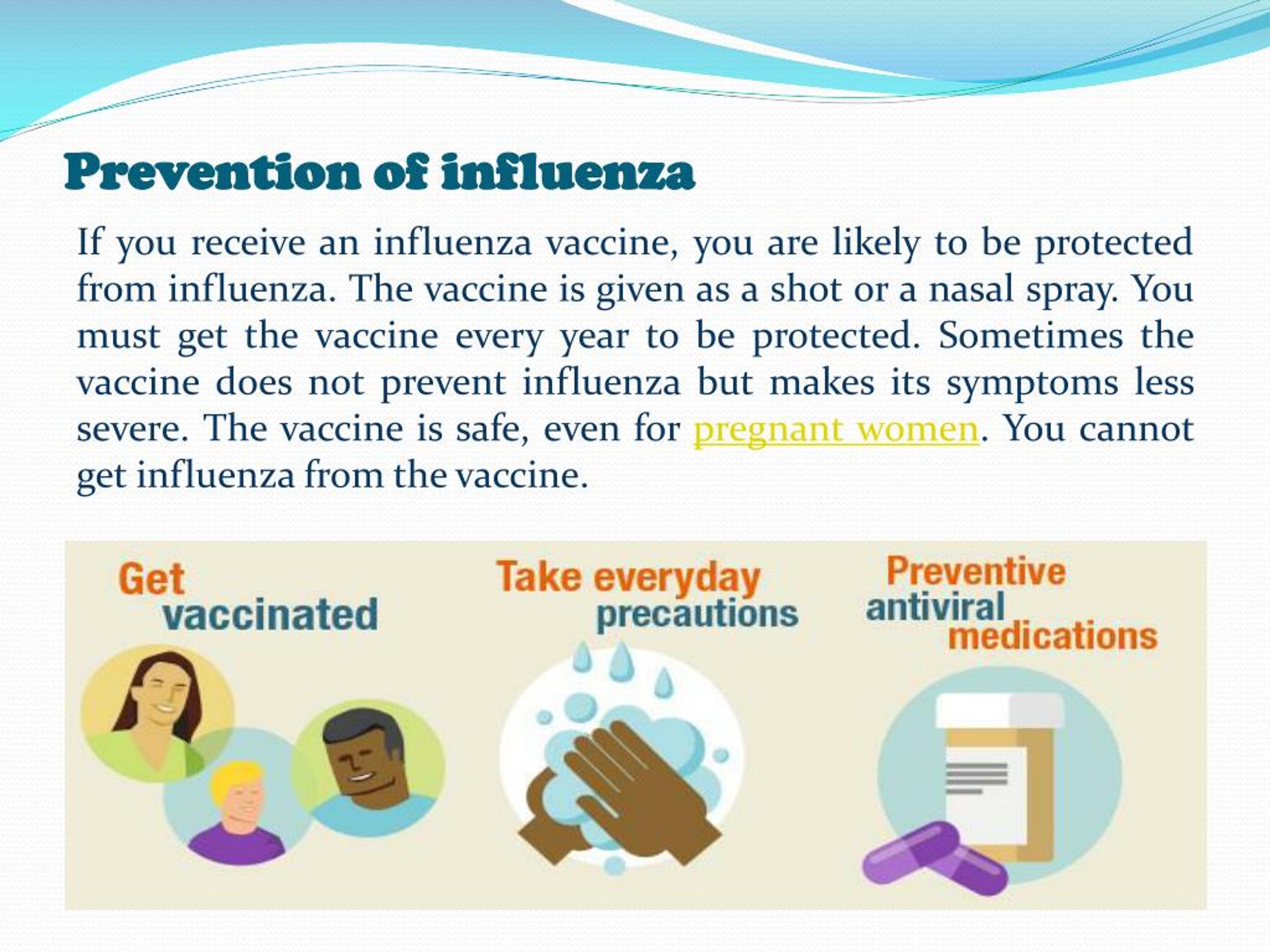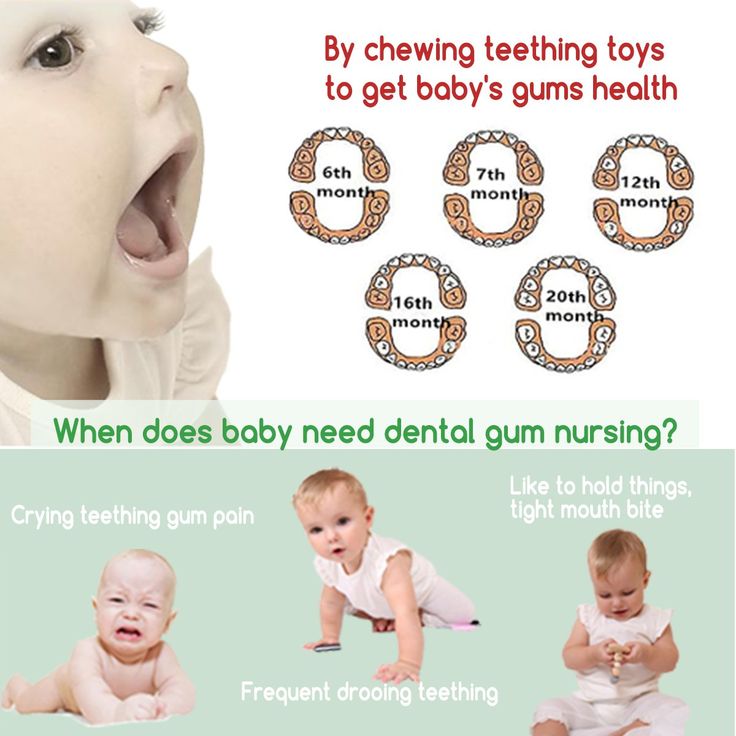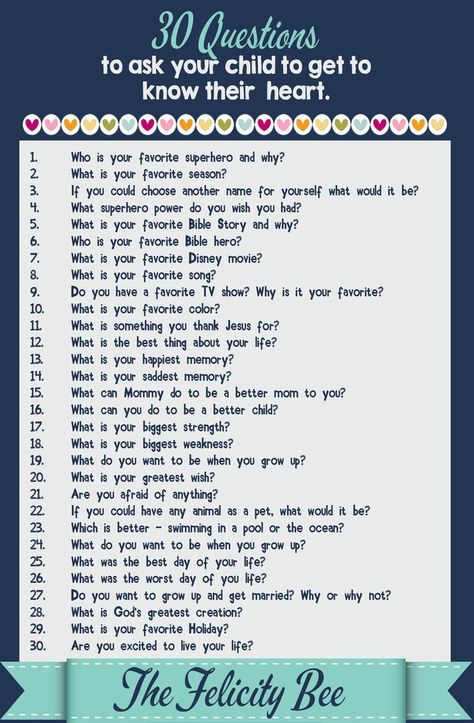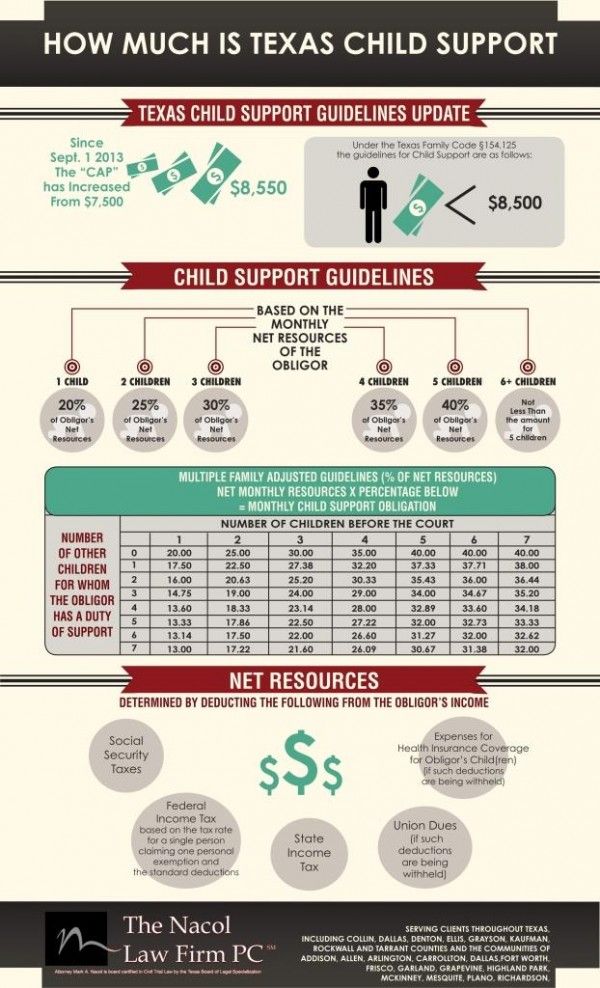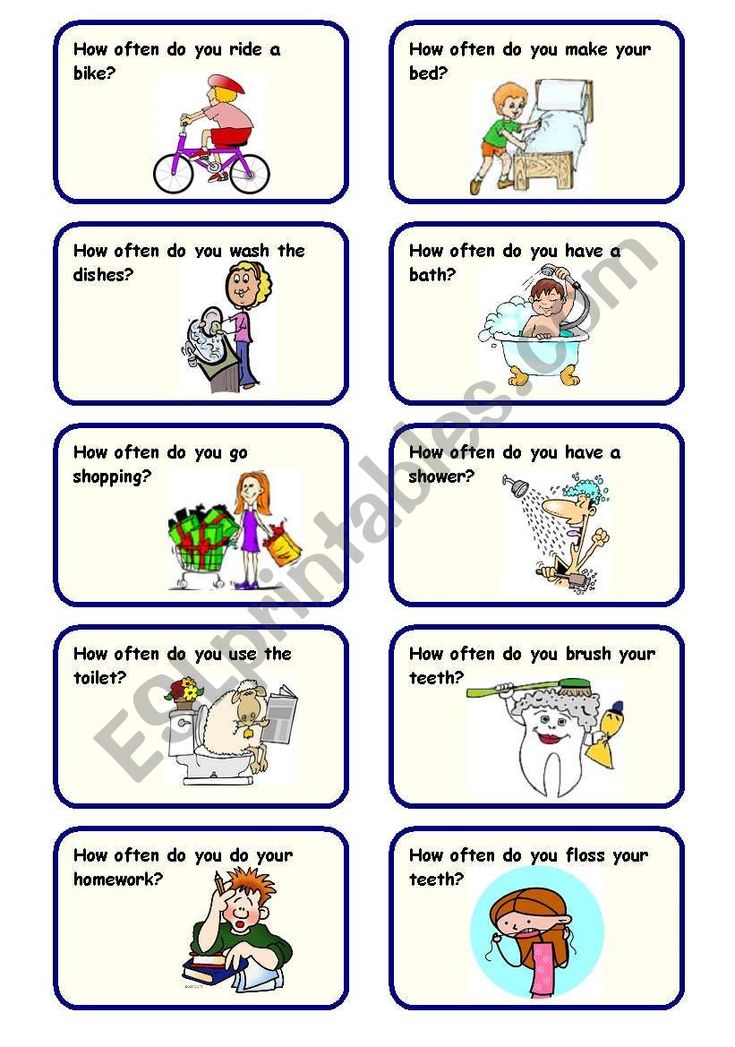Newborn babies swimming underwater
How do babies swim underwater?
Drowning is the third leading cause of accidental death worldwide. [1] That’s why learning to swim is crucial to keeping ourselves and our children safe.
And we understand that it might seem scary to take your baby swimming from birth. But it really is the best time to start. You might be thinking, how is my little one able to go underwater and not inhale any water? What actually happens?
We all know that drowning happens when water enters the lungs, stopping the supply of oxygen.
But your little one is born with a reflex called the ‘laryngeal reflex’, or ‘gag reflex’. This kicks into action when your baby feels water on their face, nose or throat. When your baby goes underwater, the soft tissue at the back of their throat (called the larynx) closes to block the entrance to the airway.
And it’s at its peak in their first 6 months. But this doesn’t mean that babies can be suddenly submerged without warning. That’s why, from the get-go, we use the cue "Name, Are you ready? Go" to build up the association with this phrase and going underwater, so that your little one is always in control. We never swim your baby unless we’re absolutely sure that they are happy to go underwater. If they’re hiccuping, sleeping, crying or seem generally resistant, they’ll stay on the surface.
Using your little one’s natural reflexes from an early age and preparing them to go under the water through word association means it quickly becomes a learned response.
But why do they sometimes cough or splutter after their first underwater swim?
Don’t worry, this is absolutely normal. It means that your baby’s natural reflexes are working to clear the fluid from the back of their throat and stop water entering their lungs. Sometimes, the involuntary spasm carries on a little longer.
Keeping your baby safe
The most common reasons for drowning are not being able to swim and panicking in the water. But the good news is that together, we can prevent horrible things like this happening. Teaching your little one how to swim from birth is one of the best things you can do.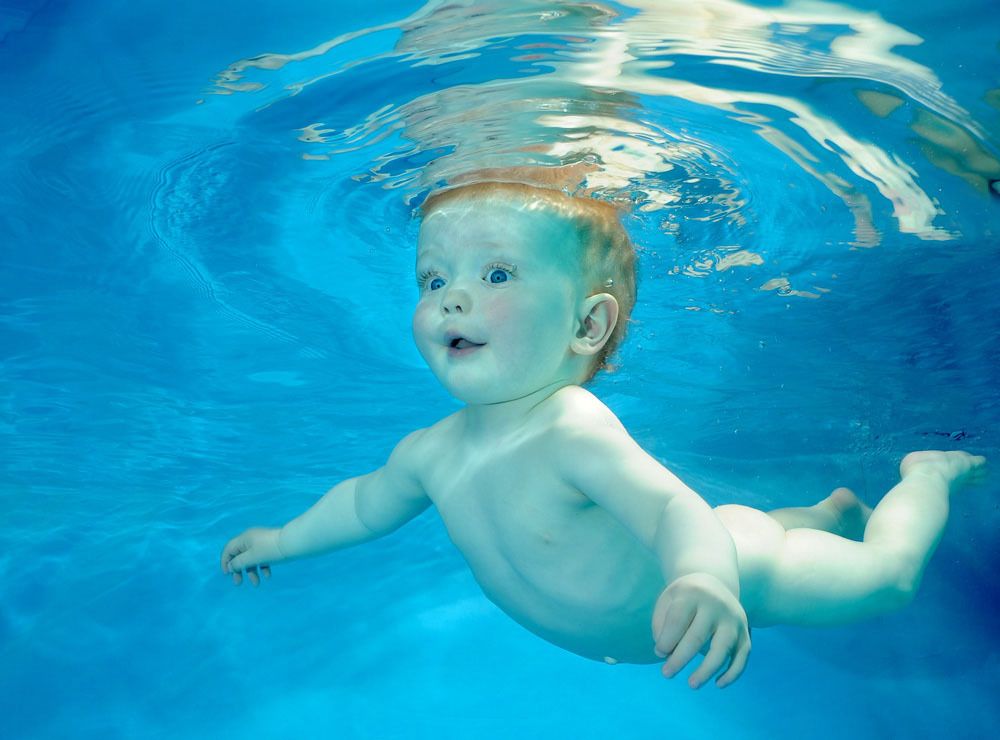 Getting them started early means that they’ll become confident around water, so if they ever do fall in, they’ll be able to keep themselves safe and not panic.
Getting them started early means that they’ll become confident around water, so if they ever do fall in, they’ll be able to keep themselves safe and not panic.
After the first 6 months, the gag reflex does start to fade, so we teach your baby all about breath control. As our lessons progress, you'll be amazed at how good your little one is at responding to both verbal and non-verbal cues. Ultimately, they'll learn to breathe out while they're underwater, which we believe gives them real empowerment and a sense of being fully in control. It's also a great foundation in 'aquatic breathing', which is essential as they progress to become independent little swimmers.
Sources
[1] Drowning, World Health Organisation, https://www.who.int/news-room/fact-sheets/detail/drowning, 15 January 2018
Baby swimming lessons: When babies can swim
Many parents look forward to taking their children in the water and teaching them how to swim – it's a great way to bond and have fun together, and many babies love the water.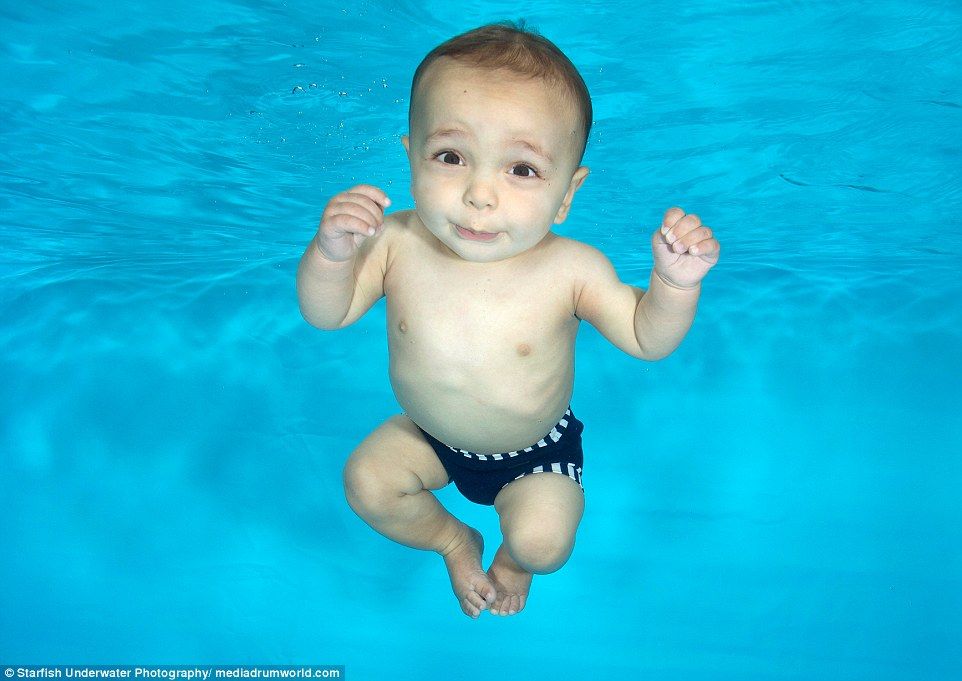
It's important for kids to learn how to swim – and learn about basic water safety – early in life to help prevent drowning. Babies can start learning to swim around age 1, though they won't master swimming skills until they're at least 4 years old.
Can babies swim?
You may have heard a popular myth that babies are born with the ability to swim. This isn't true, though newborns have reflexes that can make it look like they're swimming.
A reflex called the bradycardic response (also called the diving reflex) makes babies hold their breath and open their eyes when submerged in water. (You can cause this same reaction by blowing in your baby's face.) This reflex starts to go away after six months, but may last for up to a year.
Many baby swim classes rely on these reflexes to help babies "swim," but babies aren't old enough to hold their breath intentionally or strong enough to keep their head above water. They won't be developmentally ready to learn how to swim until they're older.
Even though your baby can't swim yet, you can bring them into the water with you once they're about 6 months old. Some babies really enjoy getting in the water, so feel free to make playing in the pool or splashing in a lake or river a family affair. Just make sure to put your baby in a well-fitting infant life jacket anytime they're near water or on a boat.
When your baby is 6 months old, you can join a parent-child swimming class. You'll be in the water with your baby during these classes. Swimming classes can help babies become comfortable in the water, and can be fun for you both. Babies are too young at this point to learn to swim, however.
Once your child is a year old, early swim lessons can help them gain confidence in the water, teach them water safety basics, and prepare them for independent swim lessons when they're older. Experts say taking your toddler to swim classes at this age can help reduce the risk of drowning.
By the time your child is 3 or 4 years old, they're likely ready for independent swim lessons.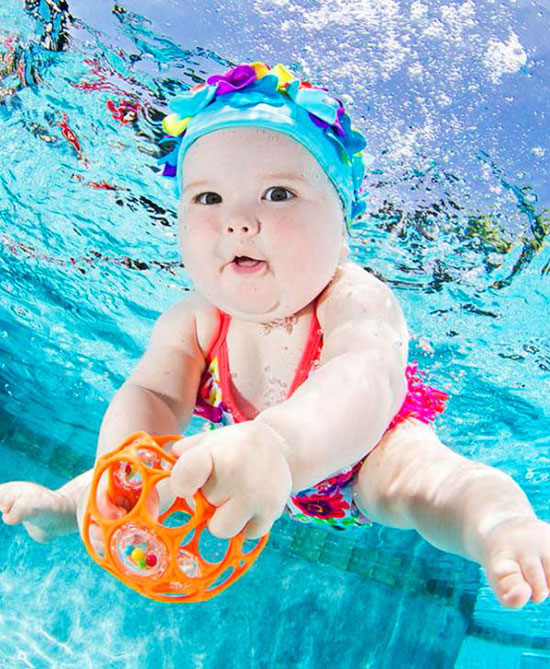 They'll learn basic skills like floating, treading water, and figuring out how to get out of the water. Kids can learn more advanced skills, like various swim strokes, when they're 5 or 6.
They'll learn basic skills like floating, treading water, and figuring out how to get out of the water. Kids can learn more advanced skills, like various swim strokes, when they're 5 or 6.
Advertisement | page continues below
The most important thing is that your child is comfortable and having fun during swim lessons. If you take them and they're consistently scared of the water or uncomfortable in a class setting, take a break and wait until your child's more comfortable in the water before going to formal lessons. (Instead, get a small kiddie pool to play in at home, or spend some time together at a pool.)
If you're not sure whether your child is ready for swim lessons but you want to start, your pediatrician can help you decide what's best – and help you find a good swim program.
Here are some things to look for in a good swim class:
- Experienced, qualified instructors and on-duty lifeguards with CPR and first-aid training.
- Lessons on safety around water as well as while swimming.

- Lessons on emergency water safety – what to do and how to get help if you or someone else falls into water unexpectedly.
- Multiple sessions so your child can build on the skills they're learning.
- For baby and toddler classes, look for touch supervision, where an adult is within arm's reach of a child at all times.
If you want to sign your child up for swim lessons but can't afford it, your city government may have a scholarship program to help cover swimming lessons at your local public pool. You can also talk to individual swim programs about payment plans or scholarships.
5 "superpowers" that little children have
Babies usually look completely helpless, but in fact they are capable of amazing things! We bring to your attention a selection of "superpowers" of children under the age of 3 years.
1. Water instinct
At birth, a person receives a set of instincts that work well until the brain develops enough to take control of survival.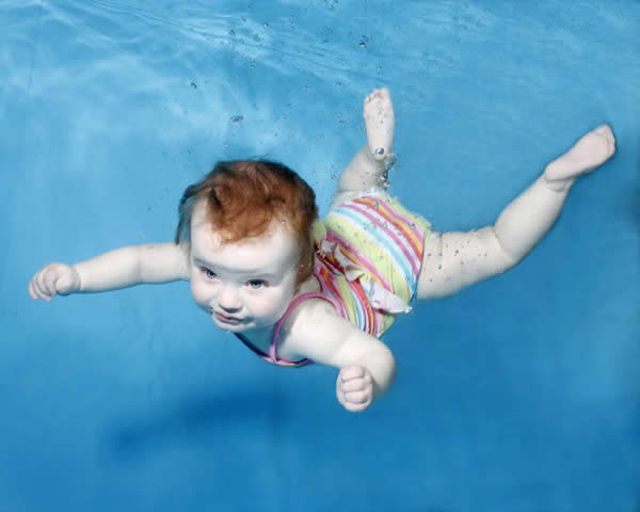 One of these instincts is the "diving reflex", which is also found in seals and other animals living in the water.
One of these instincts is the "diving reflex", which is also found in seals and other animals living in the water.
Here's how it works: if an infant under the age of six months is lowered into water, he will reflexively hold his breath. At the same time, the frequency of contractions of the heart muscle will slow down, helping to conserve oxygen, and blood will begin to circulate mainly between the most vital organs: the heart and brain. This reflex will help a baby to stay under water much longer than an adult, without a serious threat to health.
2. Learnability
Children learn at a staggering rate, as every new experience they have creates strong connections between neurons in the brain. By the time a child is 3 years old, the number of these connections will be approximately 1000 trillion, which is twice the number in an adult. Starting at about 11 years old, the brain will begin to get rid of unnecessary connections, and the ability to learn will begin to decline.
3. Quantum intuition
Our experience of perceiving reality significantly hinders the understanding of the rules of quantum mechanics that regulate the behavior of elementary particles. For example, according to quantum mechanics, a particle, such as a photon or an electron, is not "neither here nor there", but is present in both places and between them at the same time. Figuratively speaking, it is more like a cloud than ping pong. At the scale of a large group of particles, this “blurring” disappears and a specific location of the object appears. However, it is easier to tell than to understand: even Einstein did not have an intuitive understanding of these laws, let alone the average adult.
Infants are not yet accustomed to any particular perception of reality, which enables them to intuitively understand quantum mechanics. At the age of up to 3 months, children do not have a sense of "constancy of the object", that is, the realization that an object can only be in a certain place at a certain time.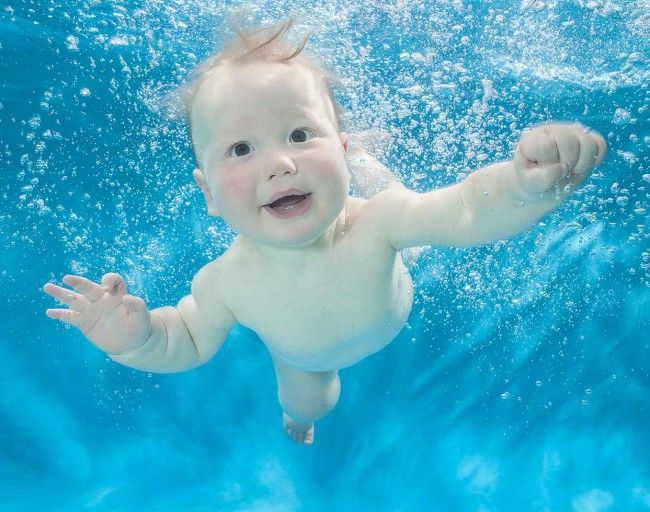 Game experiments (for example, the Peekaboo game) show the amazing intuitive ability of babies to assume the presence of an object in absolutely any places at the same time.
Game experiments (for example, the Peekaboo game) show the amazing intuitive ability of babies to assume the presence of an object in absolutely any places at the same time.
4. Sense of rhythm
All children are born with an innate sense of rhythm. This was proven in 2009 with the help of an experiment: children of 2 and 3 days of age listened to the drum rhythm with electrodes-sensors connected to the head. In cases where the researchers deliberately went off the beat, the brains of all babies showed "expectation" of a hit at the moment where it should have been, despite when it actually sounded.
Scientists believe that the sense of rhythm helps children recognize the intonation in their parents' speech and thus grasp the meaning without understanding the words. Also, with the help of it, children understand the difference between their native language and any other.
5. Be nice
Yes, being nice and thereby evoking positive emotions in adults is also a superpower.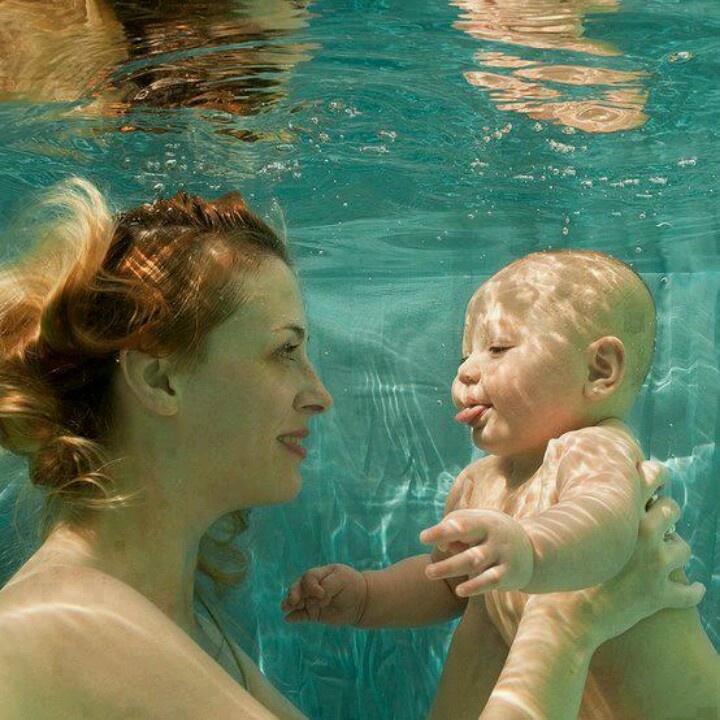 Scientists believe that we would perceive children as too pathetic, helpless, stupid and boring to love them (this probably does not apply to birth mothers). If only they weren't so charming and sweet!
Scientists believe that we would perceive children as too pathetic, helpless, stupid and boring to love them (this probably does not apply to birth mothers). If only they weren't so charming and sweet!
Last year, a group of Canadian and Chinese psychologists published their research, which says that we are touched more by babies than toddlers, and more by toddlers than grown-up children. The attractiveness of a child decreases at the age of about 4 and a half years.
Our perception of a child as "cute" is influenced by the structure of his face: a large head, a round face, large eyes and a small mouth and nose. These traits give adults much more emotions than used diapers, due to which the child's super ability to be cute indirectly, but still depends on his ability to survive.
Baby swimming - articles from specialists of the clinic "Mother and Child"
Arefieva Natalya Yurievna
Dentist, Dentist-therapist for children, Dentist-therapist for adults
Lapino-1 Clinical Hospital "Mother and Child"
arguments for
Immediately after birth, the child from the aquatic environment enters the air, where he begins to breathe on his own. But for some time after the birth, the child retains the breath-holding reflex, and sometimes he can even swim and breathe properly at the same time. Many methods of infant swimming are based on this, especially the technique called diving, when diving and breathing under water are fixed. Therefore, supporters of infant swimming believe that in the first months of a child's life, the swimming reflex and the ability to hold the breath must be developed and consolidated, otherwise they will simply be forgotten and in the future the baby will have to be taught everything again.
But for some time after the birth, the child retains the breath-holding reflex, and sometimes he can even swim and breathe properly at the same time. Many methods of infant swimming are based on this, especially the technique called diving, when diving and breathing under water are fixed. Therefore, supporters of infant swimming believe that in the first months of a child's life, the swimming reflex and the ability to hold the breath must be developed and consolidated, otherwise they will simply be forgotten and in the future the baby will have to be taught everything again.
And of course, being in the water hardens the baby, trains his cardiovascular system, develops the musculoskeletal system, in general, strengthens the child's health in every possible way.
arguments against
Opponents of infant swimming, especially diving. have their own, and very weighty, arguments.
- The ability to stay afloat and hold your breath are protective reflexes, they are saved only at first for use in critical situations, which adults recreate in the pool.
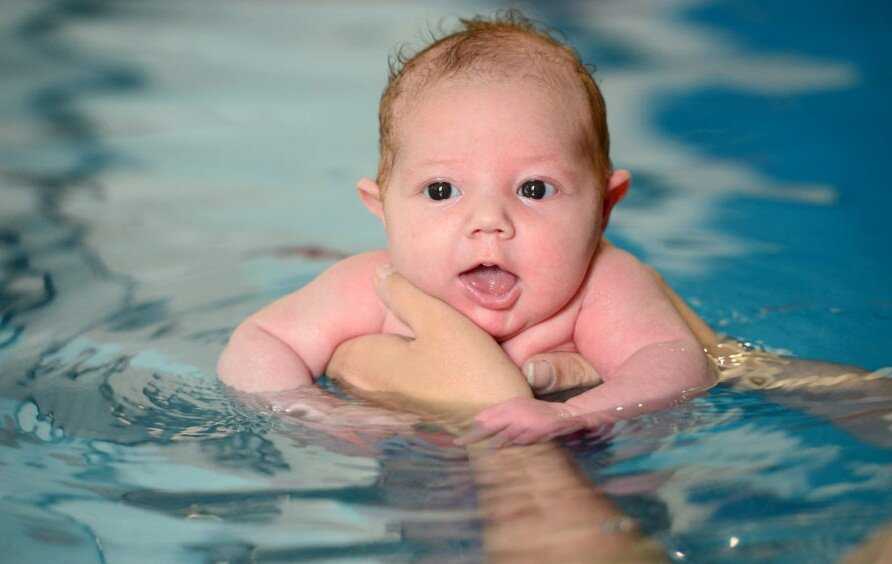 In other words, this is an artificial simulation of a critical situation, which is accompanied by stress for the baby.
In other words, this is an artificial simulation of a critical situation, which is accompanied by stress for the baby. - From the point of view of physiology, if the reflex of holding the breath in water should die out, then it must be allowed to do so - after all, nature intended this for a reason.
- A child does not need to swim for physical development. This can be too stressful for a baby who does not even know how to crawl yet.
- Baby swimming (especially in public pools and baths) can lead to inflammatory diseases of the ear, nasopharynx, respiratory tract, and in some people even weaken the immune system. And swallowing water can cause indigestion.
what to choose
Bathing and swimming itself is not harmful, but rather useful. It is harmful to carry out this procedure incorrectly, not to take into account the developmental characteristics of the child and use the wrong methods. Pediatricians, neurologists and neurophysiologists believe that, for example, the so-called diving (when a child’s head is immersed under water so that he learns to dive) leads to brain hypoxia (albeit short-term), and it is not known how this will affect the condition of the baby. In addition, the stress that occurs at this moment is also likely to affect the child negatively. Both hypoxia, and stress, and simply extra loads often lead to some kind of developmental disorders. One child will start to get sick more often (and not necessarily with colds), the other will become more excited than necessary, or in the future it will be worse to concentrate.
In addition, the stress that occurs at this moment is also likely to affect the child negatively. Both hypoxia, and stress, and simply extra loads often lead to some kind of developmental disorders. One child will start to get sick more often (and not necessarily with colds), the other will become more excited than necessary, or in the future it will be worse to concentrate.
Therefore, it is possible for a baby to swim, you just need to take into account several factors.
find a swimming pool and instructor
Being a swimming instructor is very important. As such, there is no specialty “baby swimming coach”: most likely, the instructor will take some short-term courses. The main thing here is his experience and your trust in him. Before the start of the lesson, talk to the instructor, or even better, go and see how he conducts the classes, how he relates to the desire or unwillingness of the child to do some kind of action, how comfortable the baby is with the instructor. First, the child must get used to the instructor, and only then should classes begin. No sudden movements, haste and discomfort. Both parents, and the kid, and the instructor should be on the same wavelength.
First, the child must get used to the instructor, and only then should classes begin. No sudden movements, haste and discomfort. Both parents, and the kid, and the instructor should be on the same wavelength.
As long as the child is small, you can swim at home, in your own bath; when the baby grows up, look for a clean and warm children's pool with a good water purification system, with pleasant conditions and a benevolent environment.
listen to the child
It is impossible to find out from the baby himself how much he likes what is done to him while swimming. There are children who smile and laugh while in the water; there are those who scream and cry even during a simple bath, especially when swimming (and certainly when diving). And it happens that the baby, as it were, freezes emotionally during swimming - here it is generally difficult to guess about his reaction. Therefore, starting water procedures, listen and look closely at the child. And accept his wish. Start with a regular bath in a bath, then gradually move into an adult bath. And you can immediately dive into a large bath with the child, holding him in his arms or at his chest - this way he will be even calmer (though, for this, you will first need helpers). If swimming brings positive emotions to the baby, you are on the right track. If the child is naughty and nervous, the more clearly he demonstrates his unwillingness to swim, give up this idea and postpone swimming until better times.
Start with a regular bath in a bath, then gradually move into an adult bath. And you can immediately dive into a large bath with the child, holding him in his arms or at his chest - this way he will be even calmer (though, for this, you will first need helpers). If swimming brings positive emotions to the baby, you are on the right track. If the child is naughty and nervous, the more clearly he demonstrates his unwillingness to swim, give up this idea and postpone swimming until better times.
simple exercises
You can train with the baby on your own, just do the following exercises:
- steps in the water - an adult holds the child upright, helping him push off from the bottom of the tub;
- wiring on the back - the baby lies on his back, the adult supports the head of the crumbs and leads the child along the bath;
- wiring on the tummy - all the same, only the child lies on the stomach;
- exercise with a toy - you need to lead the child after the toy, gradually accelerating and explaining: our toy is swimming away, let's catch up with it.
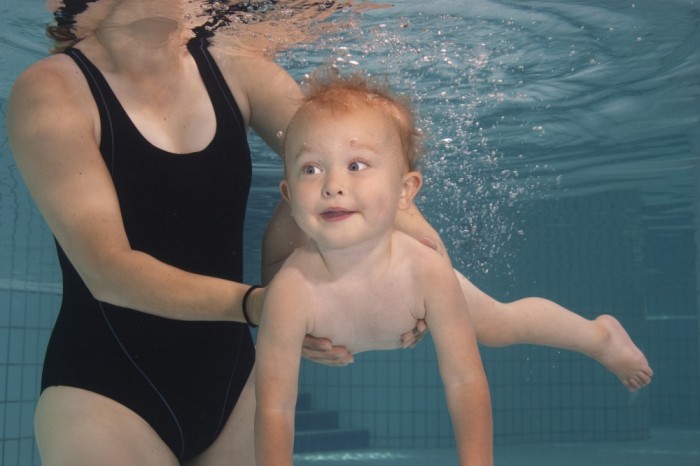
Don't aim for anything spectacular while swimming, the health, safety and enjoyment of your little one is the most important thing for now.
There is no unequivocal opinion whether a baby should swim or not, because the experience of each family is individual. There are children who, even before the age of one, easily and joyfully master the aquatic environment, and there are those who do not like water for a long time and agree to classes only at a conscious age. Therefore, focus only on the desire of your child.
Be sure to show the child to a pediatrician and a neurologist before starting lessons to rule out possible contraindications for infant swimming
Quite often, children with whom infant swimming is practiced, at a more conscious age, have to be taught swimming again, according to standard methods
Often diving is perceived by the child as a potential danger
Make an appointment
to the doctor - Arefieva Natalya Yurievna
By clicking on the send button, I consent to the processing of personal data
Attention! Prices for services in different clinics may vary.